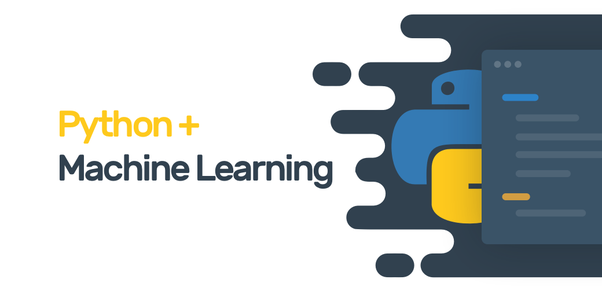Your cart is currently empty!

Python for Machine Learning
Python for Machine Learning
Welcome to “Python for Machine Learning”, your ultimate guide to mastering one of the most powerful tools in the data science world. Whether you are just beginning your journey in programming or looking to enhance your machine learning expertise, this resource is designed to take you step-by-step through Python programming basics to advanced machine learning techniques.
-
Complete Python Course with Advance topics:- CLICK HERE
-
Complete Advance AI topics:- CLICK HERE

Why Python is Preferred for Machine Learning?
Python stands out as the go-to language for machine learning, and here’s why:
- Readability and Simplicity: Python’s intuitive syntax allows developers to focus on problem-solving rather than complex coding. Beginners find it accessible, and professionals appreciate its clarity.
- Rich Ecosystem: Python boasts an extensive library ecosystem, including NumPy, Pandas, Scikit-learn, TensorFlow, and PyTorch. These libraries simplify tasks such as data manipulation, machine learning model development, and mathematical operations.
- Active Community Support: Python has a vibrant, global community offering resources, tutorials, and forums, making troubleshooting and learning straightforward.
- Scalability and Flexibility: From small experiments to large-scale machine learning projects, Python adapts to a wide range of requirements with ease.
- Cross-Platform Compatibility: Python can run seamlessly across different operating systems, enhancing its versatility.
Essential Python Libraries for Machine Learning
- NumPy: Enables efficient handling of large datasets with multidimensional arrays and mathematical functions.
- Pandas: A powerful library for data manipulation and analysis, essential for cleaning, transforming, and preparing datasets.
- Matplotlib & Seaborn: Tools for creating high-quality static, animated, and interactive visualizations.
- Scikit-learn: Provides an easy-to-use interface for implementing supervised and unsupervised learning models.
- TensorFlow: Ideal for deep learning projects, TensorFlow facilitates creating complex neural networks.
- SciPy: Builds on NumPy by adding advanced functionality for optimization, integration, and statistics.
Getting Started with Python
Setting Up Python
- Install Python 3: Download the latest version from Python.org.
- Set Up Anaconda: Install Anaconda to manage libraries, packages, and environments seamlessly.
- Integrated Development Environments (IDEs): Use IDEs like Jupyter Notebook, PyCharm, or VS Code for effective development.
Python Basics
Before diving into machine learning, it’s crucial to understand Python fundamentals:
- Syntax and Keywords: Master the rules and reserved words that form the building blocks of Python.
- Data Types: Explore Python’s built-in types, such as strings, numbers, lists, tuples, sets, and dictionaries.
- Operators: Learn how to use arithmetic, comparison, logical, and bitwise operators.
- Loops and Conditionals: Implement decision-making and repetition using
if-elsestatements,forloops, andwhileloops. - Object-Oriented Programming (OOP): Gain insights into classes, objects, inheritance, and encapsulation.
Data Processing
Generating and Preprocessing Data
Efficient data processing is vital for machine learning. Python provides powerful tools to handle this phase:
- Generating Test Data: Use Scikit-learn to create synthetic datasets for testing algorithms.
- Data Cleaning: Address missing values, outliers, and inconsistencies using Pandas.
- Feature Engineering: Techniques like scaling, normalization, and encoding enhance data quality and model performance.
- Handling Imbalanced Data: Use methods like SMOTE (Synthetic Minority Oversampling Technique) to balance datasets.
Exploratory Data Analysis (EDA) with Python
What is EDA?
EDA is the process of analyzing datasets to summarize their main characteristics using statistical and visualization tools.
EDA in Action: The Iris Dataset
- Load the dataset using Pandas.
- Visualize relationships with Seaborn pair plots.
- Analyze feature distributions using Matplotlib histograms.
- Generate summary statistics to identify patterns and trends.
Conclusion and Resources
Machine learning is transforming industries, and Python is at the forefront of this revolution. With its simplicity, extensive libraries, and strong community support, Python offers everything you need to dive into the fascinating world of machine learning.
Next Steps
- Explore more with the “Machine Learning with Python Tutorial” for a deep dive into real-world applications.
- Enroll in our Data Science Course to master advanced techniques, hands-on projects, and industry best practices.
python for machine learning book
essential python for machine learning abhishek singh pdf
machine learning with python w3schools
python for machine learning free
python for machine learning course
machine learning python code example
python for machine learning udemy
python machine learning projects
Leave a Reply